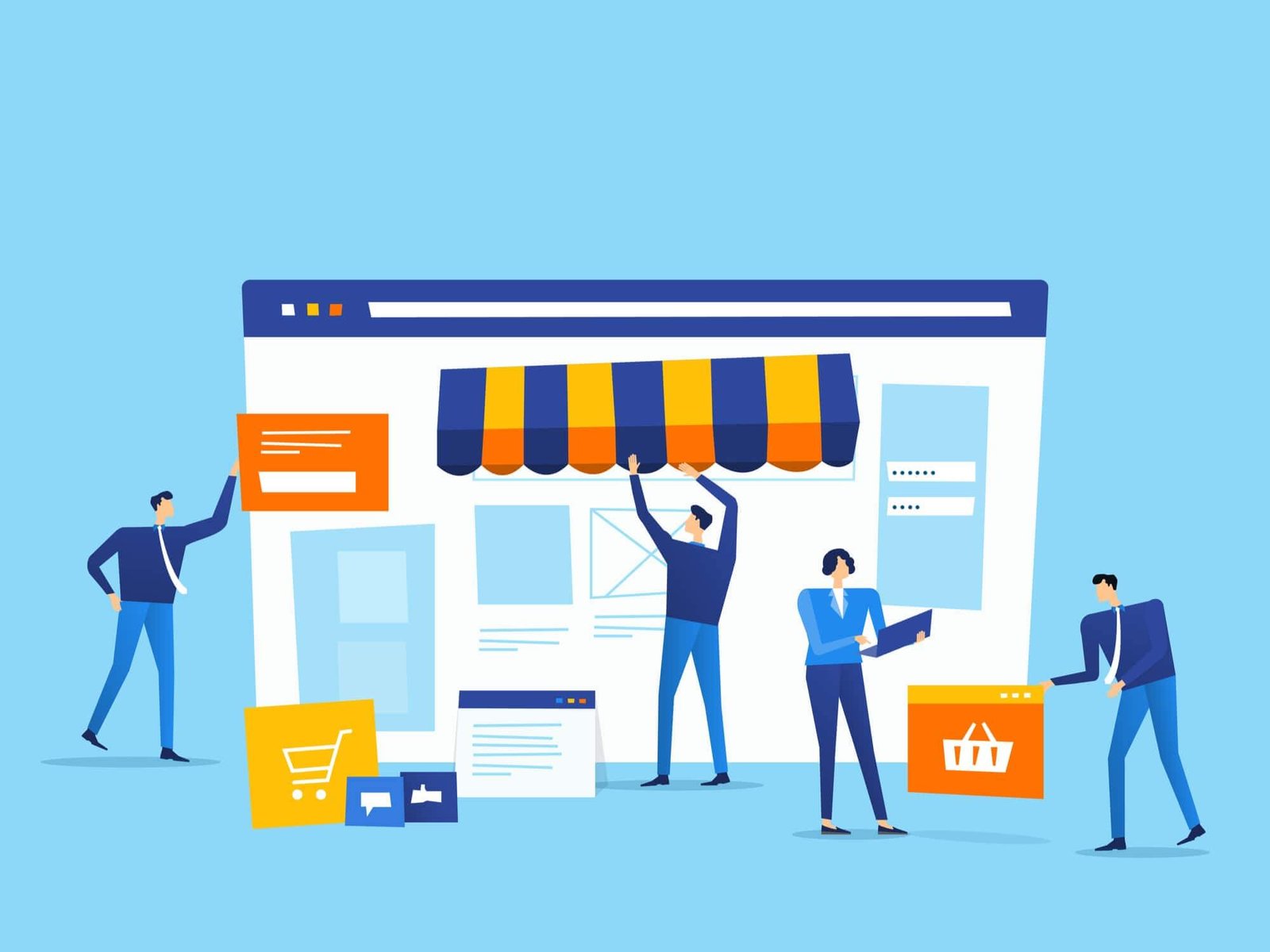Download PDF roadmap

Ask yourself:
Why this matters: Your business is more likely to succeed if it aligns with your personal interests and strengths.
Think critically about:
Before launching your Shopify store, it’s also essential to decide which type of products you want to sell. Choosing the right product category shapes your entire business strategy — from branding and pricing to marketing and customer experience. Focus on products that match your interests, solve real problems, and have consistent online demand. The more specific and well-defined your niche, the easier it becomes to rank higher in search results and attract the right customers.
Tip: Identifying a real-world problem makes your product more marketable and gives your brand a clear purpose.

SWOT stands for Strengths, Weaknesses, Opportunities, and Threats – a simple yet powerful business strategy tool that helps you clarify your position in the market and identify areas for growth.
Action: Fill in your SWOT analysis in a notebook or planning document.
A basic online business plan helps you clarify your direction, choose profitable products, and map out the steps to make online money. It gives you a clear, professional understanding of your goals and creates a foundation that compounds growth over time.
A 1–2 sentence elevator pitch.
Example: “An online store offering minimalist, eco-friendly home goods for design-conscious millennials.”

Answer these questions to create focus and learn/apply the proven techniques successful entrepreneurs use to turn their goals into reality:
Tip: Make your goals realistic and measurable. “Get 5 customers by Month 1” is better than “Become successful.”
This Shopify business schedule helps you plan your time efficiently based on your personal availability. Even with a full-time job, dedicating just 1-3 hours a day during weekdays and more time on weekends can keep your momentum strong. Use this proven time-management framework to boost productivity and build your online business – even when you’re busy
| Week | Example Tasks (Customize These for Your Plan) | Your Tasks | Your Hours | Recommended Hours |
|---|---|---|---|---|
| Week 1 | Finalize niche, complete SWOT analysis, create brand name | ________________________________________ | __________ | 5–8 hours |
| Week 2 | Sign up for Shopify, choose theme, explore key features | ________________________________________ | __________ | 6–10 hours |
| Week 3 | Add products, write descriptions, upload and edit images | ________________________________________ | __________ | 8–12 hours |
| Week 4 | Set up homepage, About/Contact pages, launch soft version | ________________________________________ | __________ | 6–10 hours |
| Week 5 | Post on social media, test ads, start building your email list | ________________________________________ | __________ | 8–12 hours |
| Week 6 | Analyze traffic, improve product pages, adjust pricing | ________________________________________ | __________ | 6–10 hours |
| Week 7 | Publish blog posts, build backlinks, boost SEO | ________________________________________ | __________ | 8–12 hours |
| Week 8 | Add customer reviews, prepare for seasonal promotions | ________________________________________ | __________ | 6–10 hours |
| Week 9–12 | Scale marketing, optimize pages, improve conversions | ________________________________________ | __________ | 10–15 hrs/week |
Note: You don’t need to do everything at once. Start small, and progressively increase your workload as your systems improve.

You can ask ChatGPT to help brainstorm names based on your niche, tone, and audience. It’s the easiest way to get a professional, brand-ready name for your Shopify store or online business.
Example prompt:
“Give me 10 business name ideas for a Shopify store selling smart, minimalist kitchen tools to young professionals.”
Once you have a shortlist, check:
Use Canva or Chatgpt to quickly create a free and professional-looking logo.
Steps:
You can also ask ChatGPT for inspiration or design ideas based on your brand’s style.

Start here: Shopify is the best platform for beginners who want to build a professional, high-converting online store. It’s designed to save you time, eliminate technical headaches, and create steady momentum so your business can grow and compound faster. https://www.shopify.com
You now have:
Take action one week at a time. Progress will build momentum.